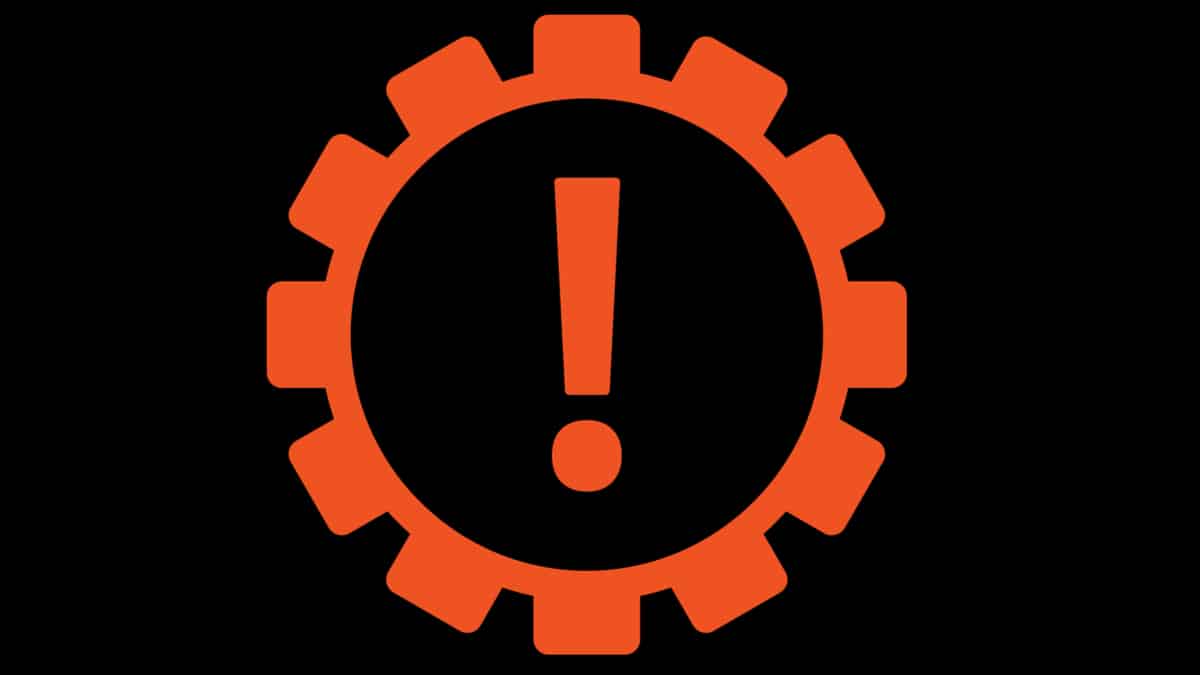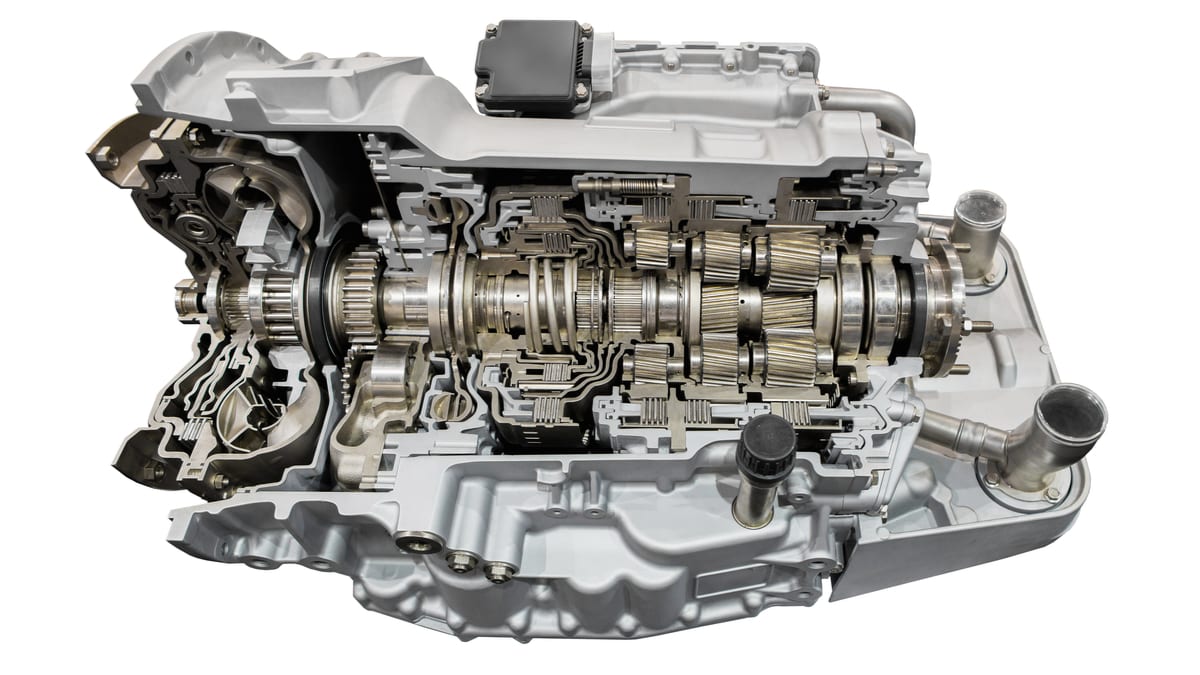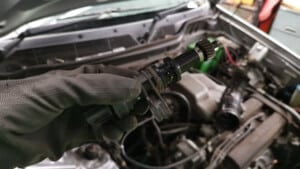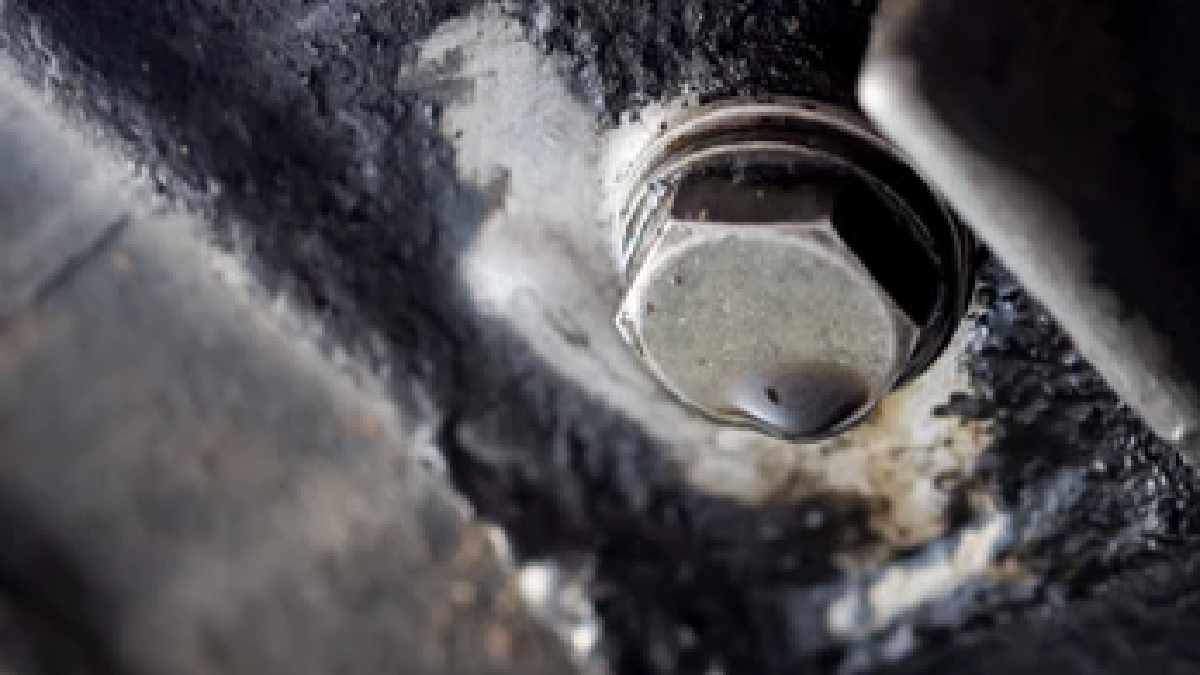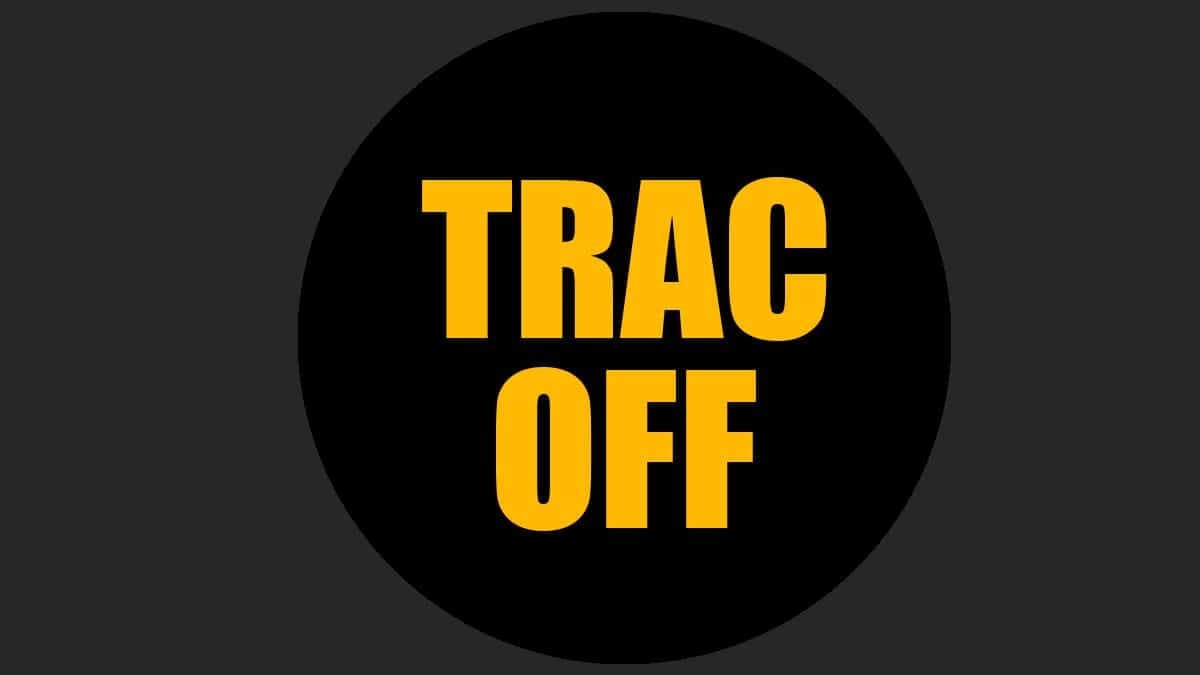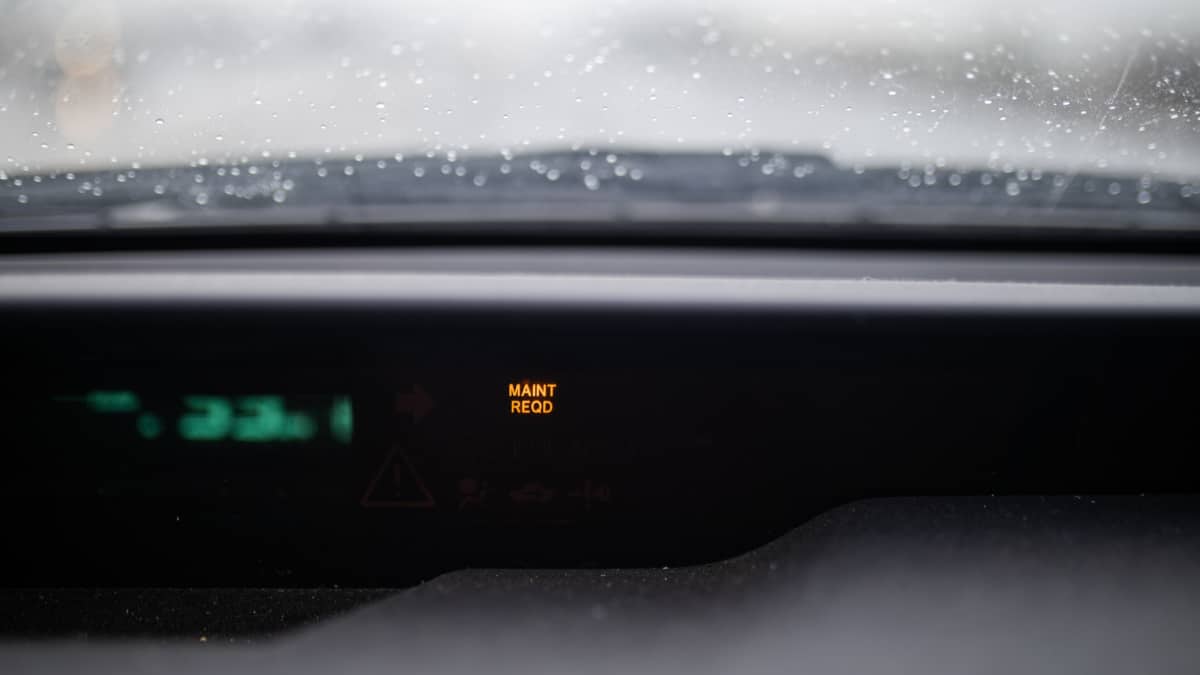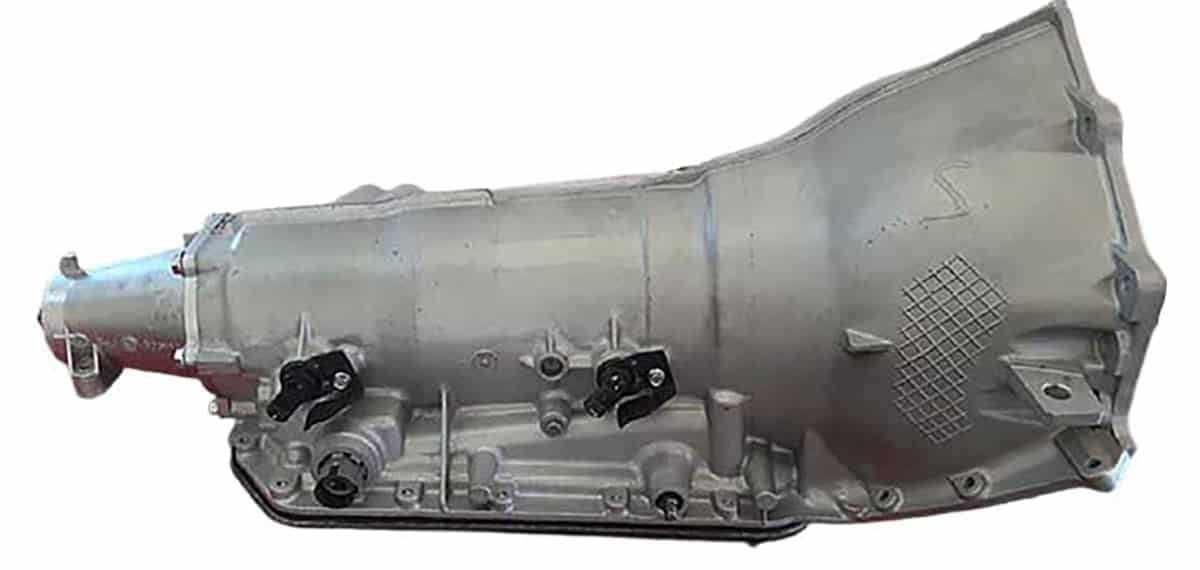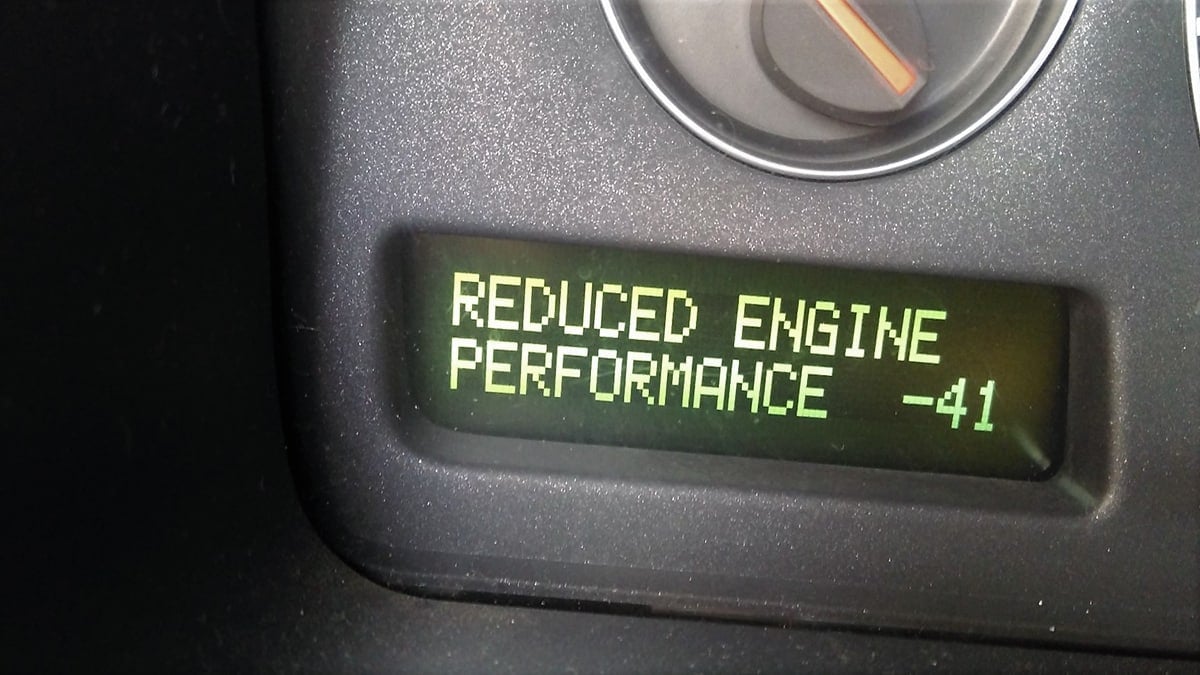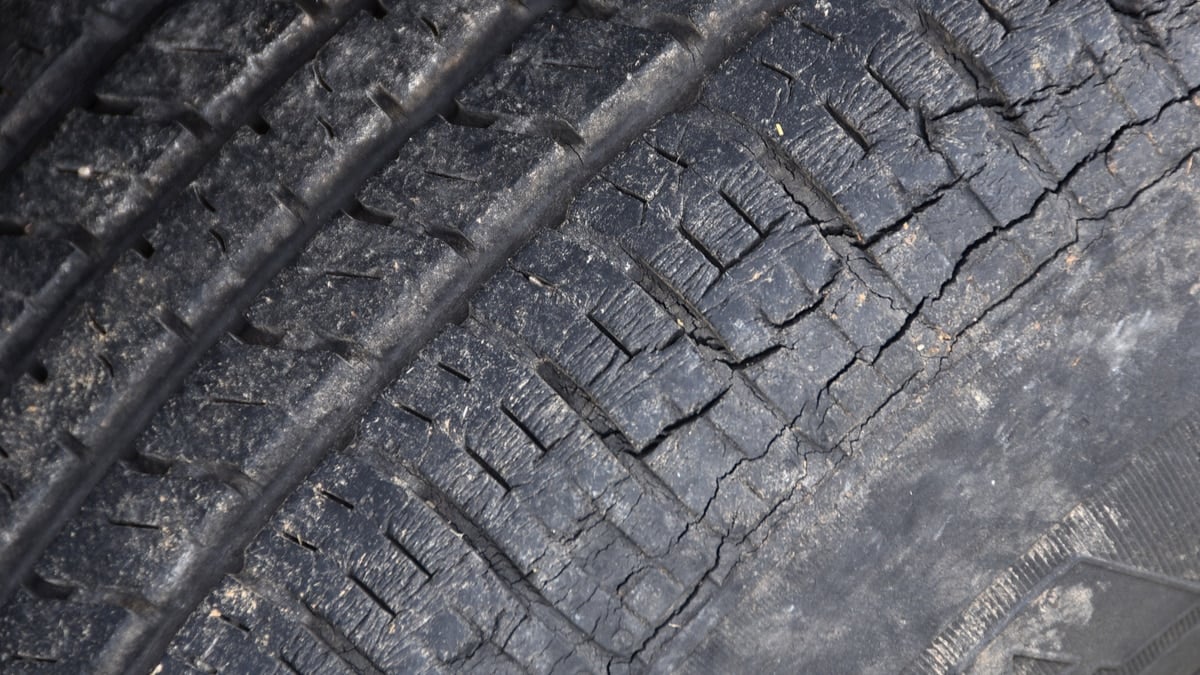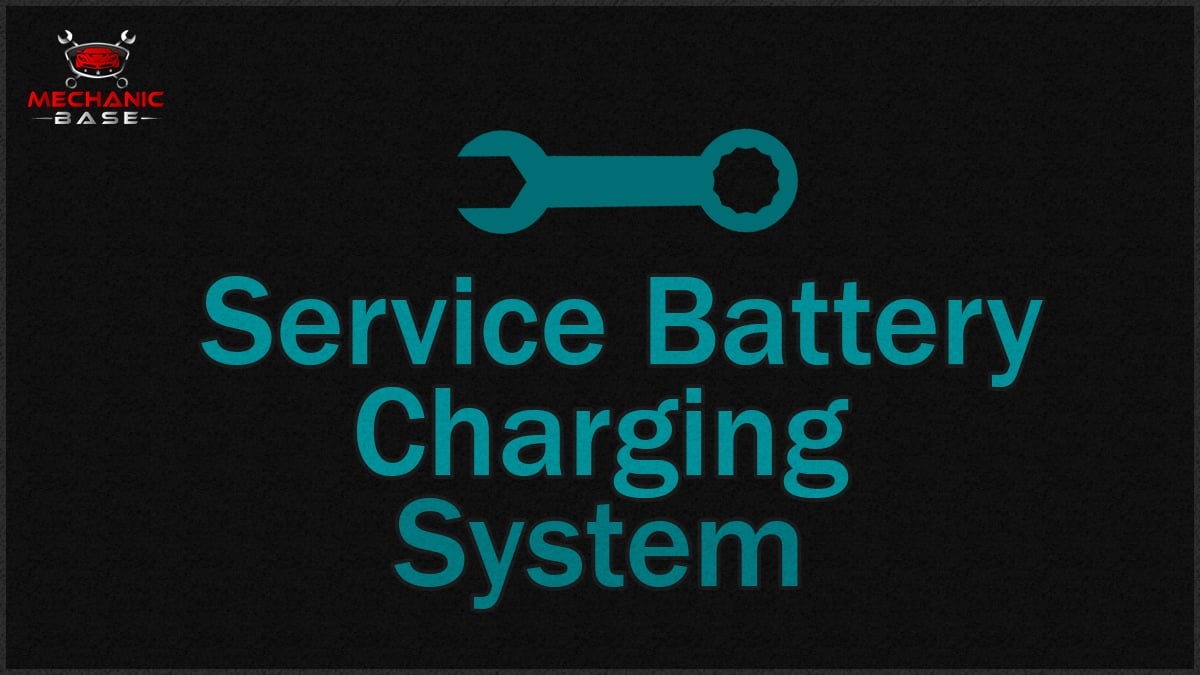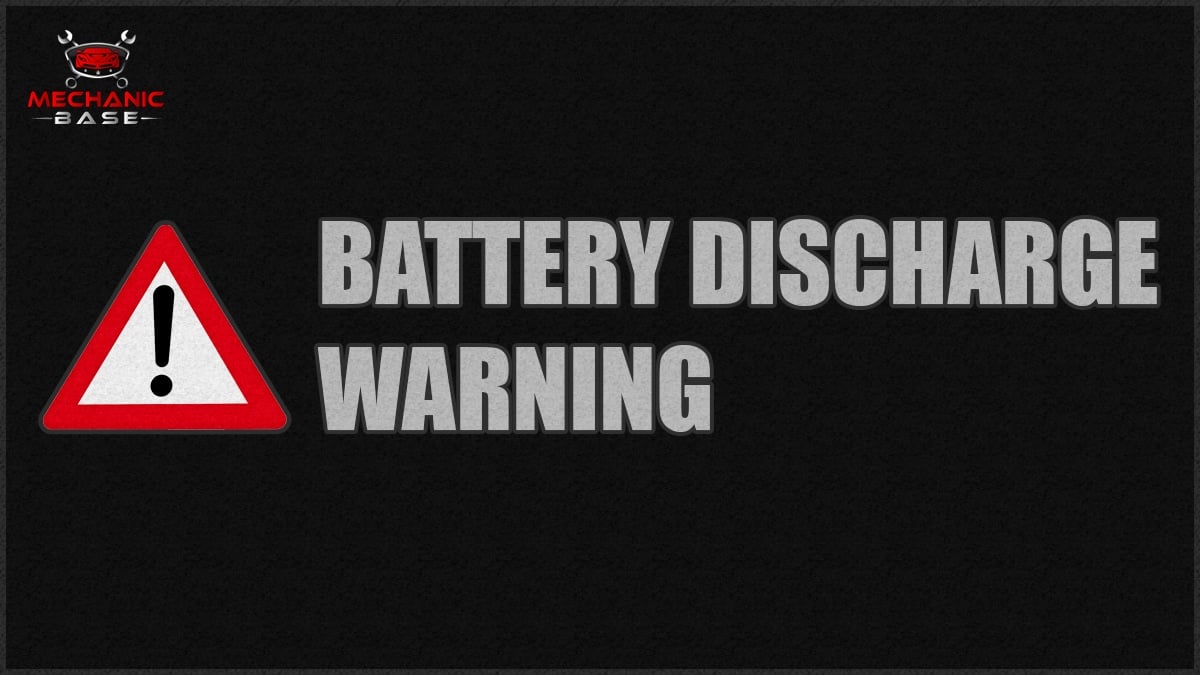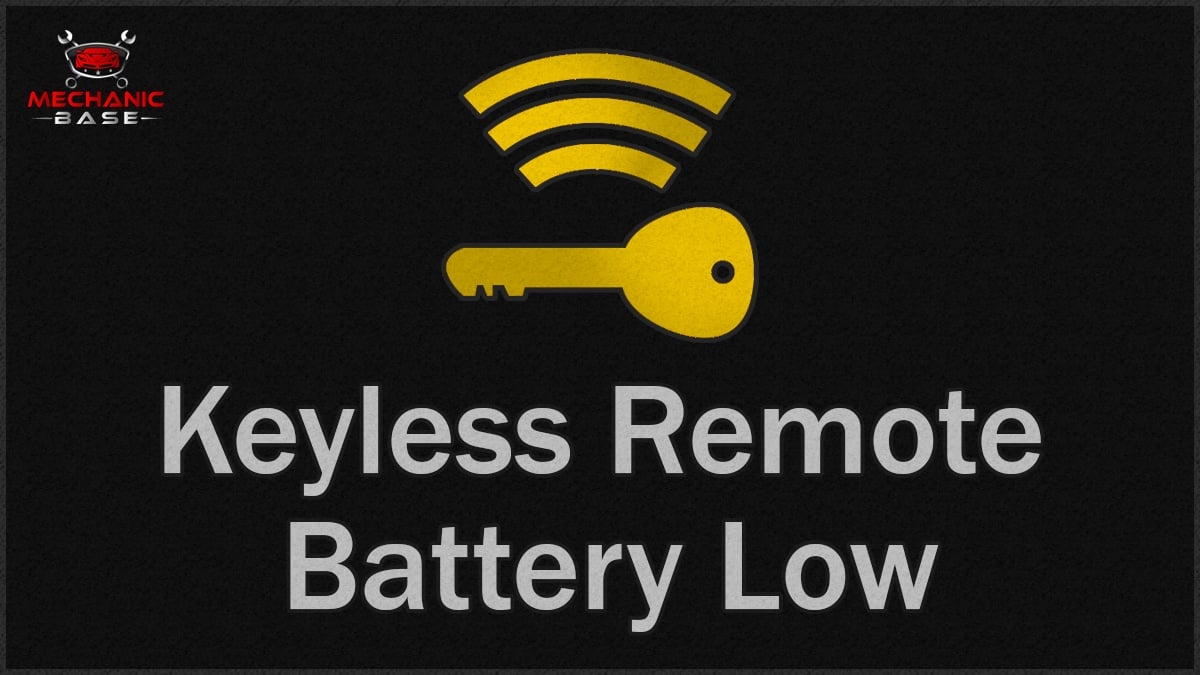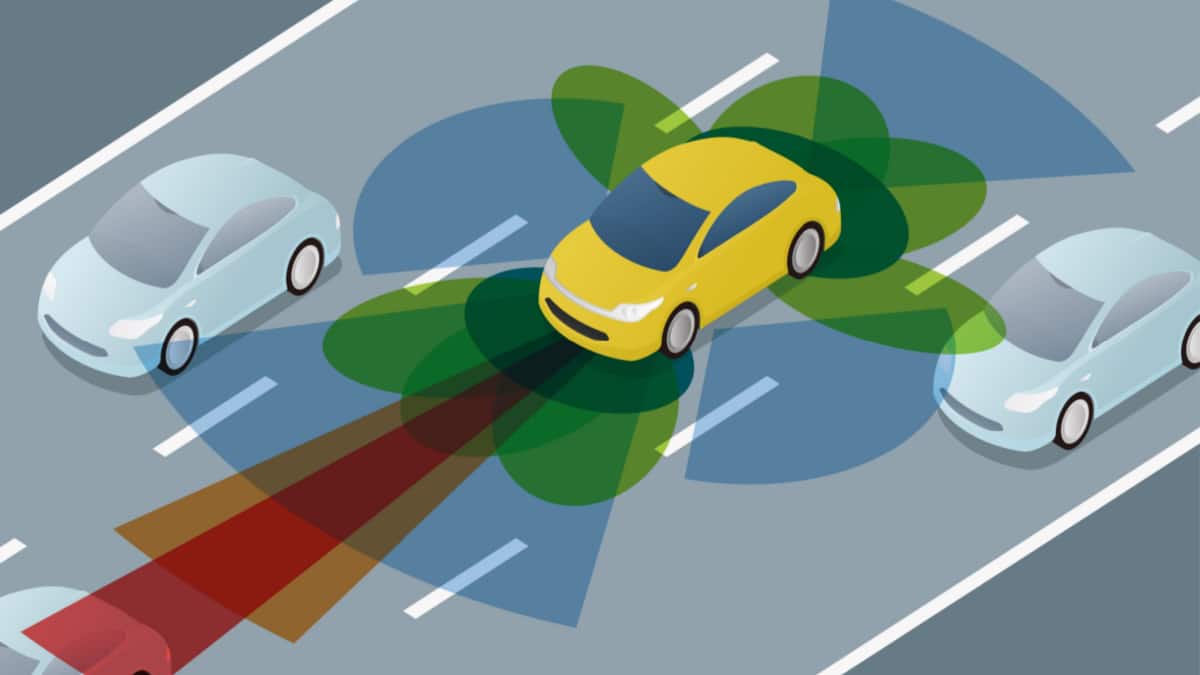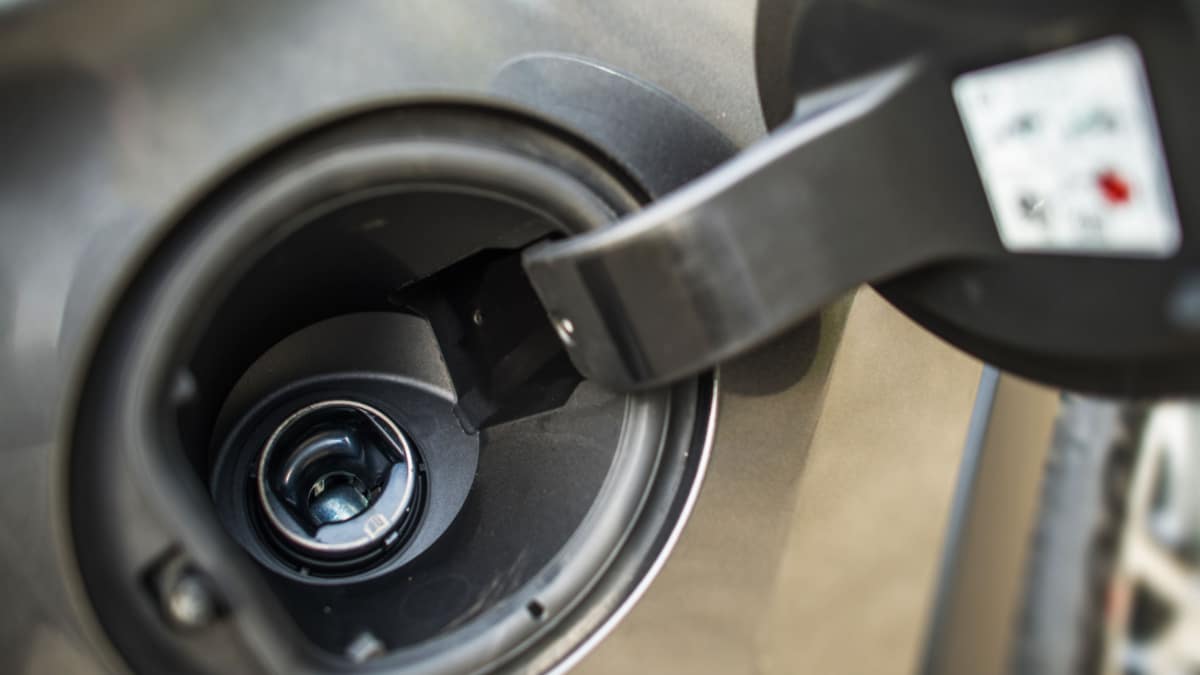Of all the lights you are familiar with on the dashboard, most drivers know about the Check Engine Light. However, one light not as well known – the transmission warning light or transmission symbol – but it’s not any less important. What does the transmission warning light mean, and what causes it to come on?
If you see the alert for your transmission, it’s time to take action. I cover the meaning of this light, what causes it, and show you how to fix it for a better ride. This guide also answers whether you should continue driving with this alert on the dashboard.
What is the Transmission Warning Light?
When the transmission warning light is activated, it indicates that there is an issue with the transmission or gearbox. Not every vehicle contains a transmission warning light. If your car has one of these lights, it could look different depending on the make and model you drive.
It might be a thermometer surrounded by a gear symbol or there could be a text string alerting you to the trouble.
You can find details on your particular model in the owner’s manual. Either way, if an alert comes on the dashboard related to the transmission, it indicates that a fault has been noticed that should be investigated right away.
RELATED: 90 Car Dashboard Symbols, Warning Lights & Indicators – Meanings
How to Fix the Transmission Warning Light
1. Stop Driving
As with the Check Engine Light, you should always pay attention to the transmission warning light. When the light comes on, it’s always best to stop driving and get a better feel for what’s happening before continuing.
Even if you don’t notice any signs of something wrong, you want to perform a complete inspection. Otherwise, permanent transmission damage could occur. As an example, if the system lacks fluid and you continue driving, you may end up needing a whole new transmission. Instead, you could have just added some fluid and been done.
2. Scan Trouble Codes
With your compatible OBD-II code scanner, you can see what alerts are set in the system. Plug your code scanner into the OBD-II port and read the DTCs to see what’s going on.
If there are too many codes to navigate through, it’s best to reset the light and take the car for a test drive. After a few minutes, the light should come back on, allowing you to retrieve just the relevant codes to the current problem.
3. Go to a Professional Mechanic
If the codes don’t provide you with the information you need to repair the problem, it’s best to talk to a mechanic. When you call, you should be prepared to explain anything unusual you see going on along with the trouble codes.
In some cases, it’s best to visit a shop that deals specifically with the transmission. This would be ideal if you are concerned that there’s a major issue that might require a transmission rebuild or replacement.
Causes of the Transmission Warning Light
1. Low Transmission Fluid
When the transmission fluid drops too low, the alert might go off to prevent damage. Additionally, the transmission might not operate normally when the levels are low.
Your car shouldn’t be burning through transmission fluid as it might oil. For this reason, any drop in transmission fluid should be dealt with right away, as there is probably a leak present.
RELATED: 6 Symptoms of Low Transmission Fluid (Check the Level)
2. Overheating Transmission
Whether the fluid is low or there’s failure occurring internally with the transmission, if this vital component starts to overheat, the alert will come on. In some cases, an overheating transmission can be caused by a blocked cooler.
The transmission can also overheat if you are carrying excessively heavy loads. Either way, it should be treated the same way that an overheated engine is. You should stop driving immediately until the transmission cools off.
READ MORE: What is the Normal Operating Automatic Transmission Temperature?
3. Shift Interlock Failure
In some cases, the transmission warning light might not actually indicate failure with the part itself. It could mean that something else working with the powertrain is failing.
As an example, BMW models have a shift interlock system that keeps you from shifting out of Park unless you push down the brake pedal first. If this system malfunctions, the transmission warning light could come on.
RELATED: Car Won’t Shift Out of Park (Causes & What to Do)
4. Malfunctioning Valve Body
The automatic transmission and CVTs include a valve body. This vital part contains valves that are responsible for directing flow through the passages, so it gets delivered to the transmission when it’s needed.
In today’s valve body, there will also be a transmission control module (TCM) that operates all of the sensors and electronics. If any of these valve body parts fail, the transmission warning light could come on.
READ MORE: 6 Symptoms of a Bad Valve Body (& Replacement Cost)
5. Faulty Torque Converter
The automatic transmission also contains a torque converter. This part pairs the engine to the transmission, serving as the link between the two.
With excessive use or old age, the torque converter can wear out. When this happens, gear slippage and shuddering can occur. It can also come apart, leading to your transmission system being contaminated with debris. Either way, a failing torque converter is going to light up the transmission warning light.
6. Internal Transmission Failure
With so many internal parts working to keep the transmission running, it’s possible for just about anything to fail. Inside the transmission, you will find the gear sets, clutch packs and more.
With any internal failure, the transmission won’t be able to run as intended. This problem causes the transmission warning light to come on.
7. Electrical/Computer Malfunction
The modern transmission is run by many high-tech sensors and electrical connections. With the transmission control module, all of the sensors are run accurately and efficiently. However, any of these electrical connectors and sensors can fail at any time.
If there’s even the smallest glitch in the system, the transmission might not be able to run properly. For this reason, damaged wiring, a failing computer and a defective solenoid can all cause the transmission warning light to come on.
RELATED: 6 Symptoms of a Bad Transmission Control Module (TCM)
Can I Drive With the Transmission Warning Light On?
I’ve previously discussed this, but it’s important to reiterate that you shouldn’t drive with the transmission warning light illuminated. Your car’s transmission is expensive – one of the most valuable parts of the vehicle. For this reason, you don’t want to mess around with any faults that could lead to permanent damage.
Maybe you stop driving and realize that only a minor issue is occurring, such as a small leak. In this case, you could fill up the system and keep driving while keeping a close eye on the situation. However, if the transmission is overheating or there is an internal failure, you don’t want to procrastinate in any way. Even if it’s just a leak, you could let it go temporarily, but at any moment, it could become a much bigger problem.
For these reasons, it’s best to have the problems resolved immediately. You want to repair the fault and head off any potential transmission failure before it occurs. Otherwise, you could end up stranded on the side of the road, far away from your mechanic. You could also face a transmission replacement, which might cost you $1,500 to $3,500 or more.
Categories: Transmission, Warning Lights
